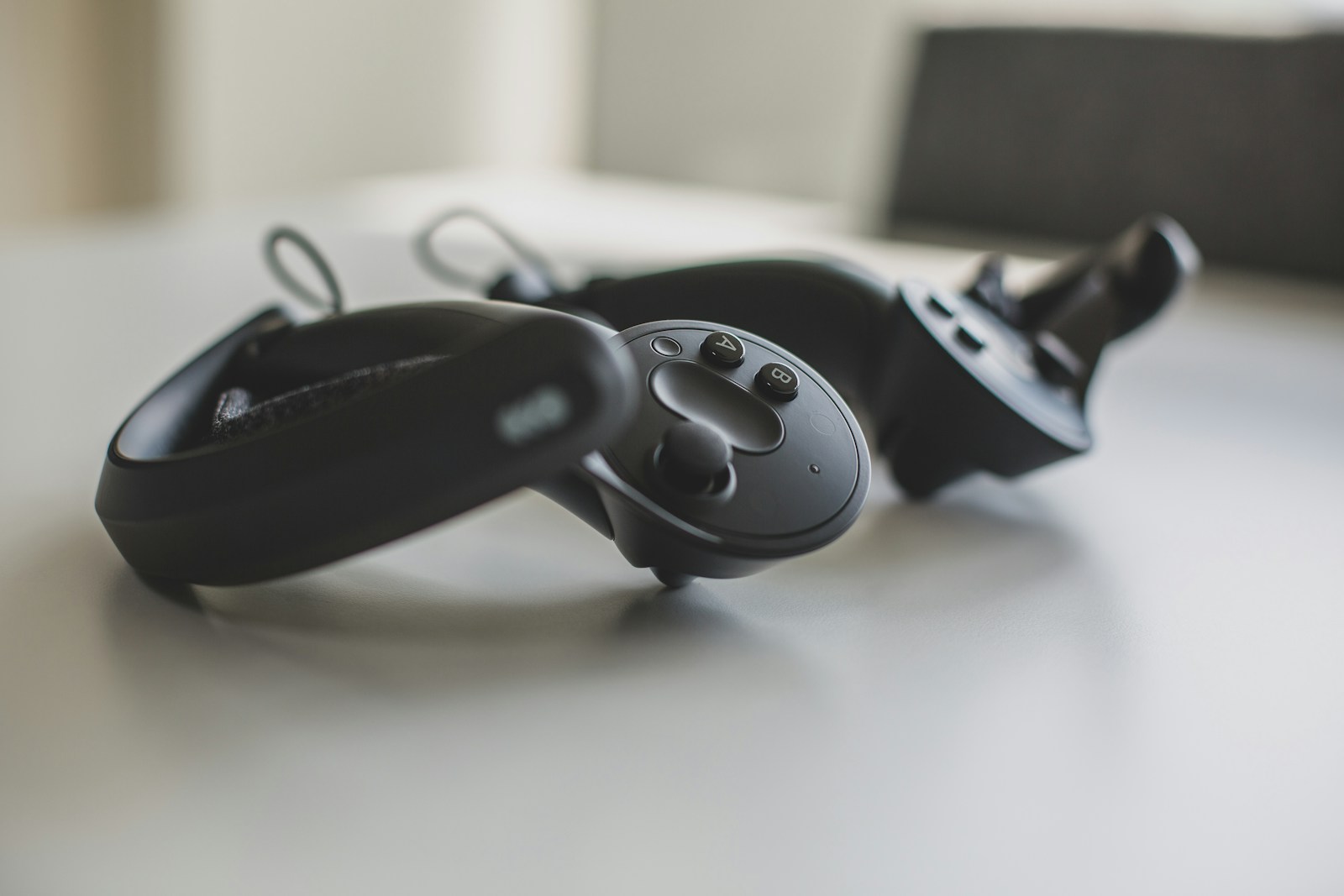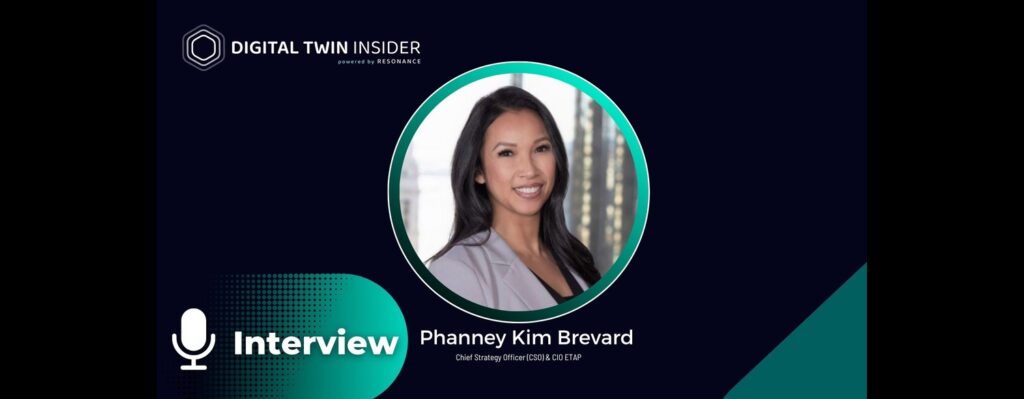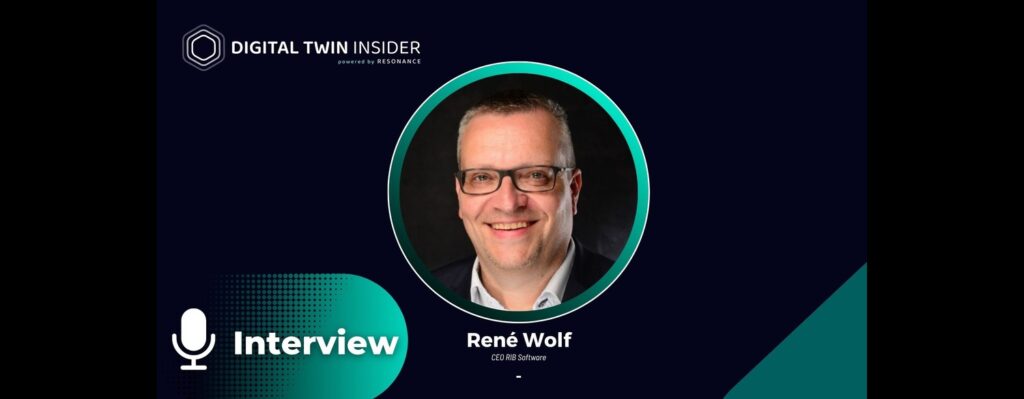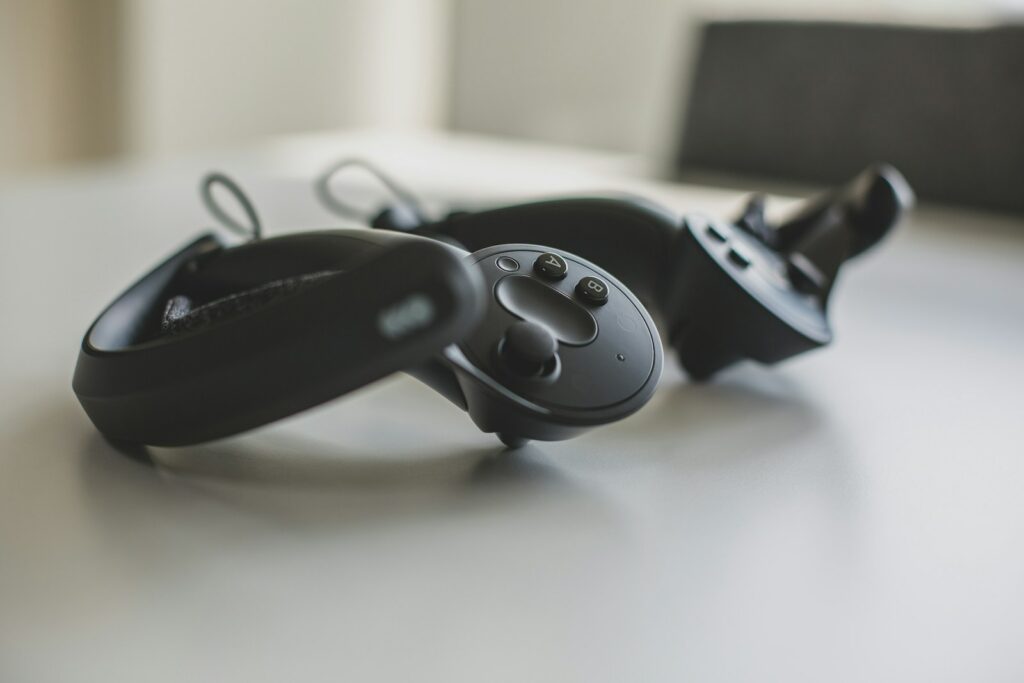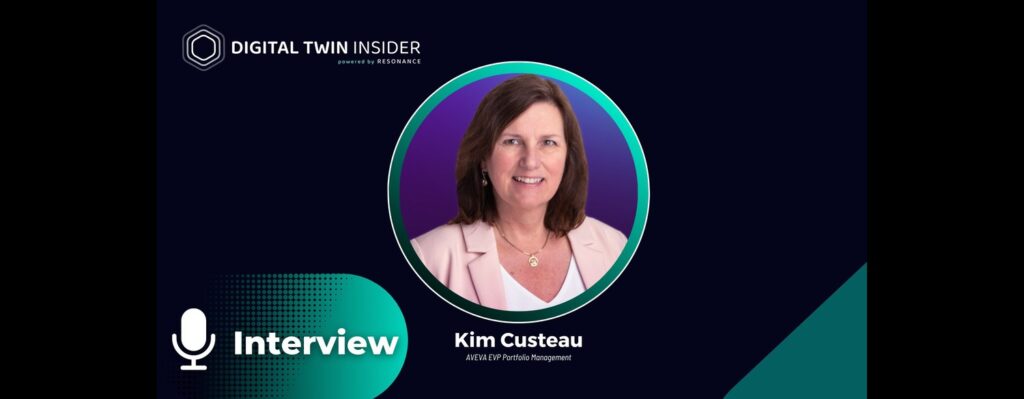In a recent demonstration by researchers at the Charles III University of Madrid (UC3M), a cutting-edge system was presented that smoothly integrates real-time gesture control, ultra-reliable low-latency communication and digital twin technology.
And you could ask, what is the result from this? A robotic dog that can be maneuvered easily using nothing but hand gestures, opening up amazing possibilities in remote robotics operation.
Led by Antonio de la Oliva, Associate Professor at UC3M, the “Real-Time Gesture-Based Remote Control of a Digital Twin” demo showcased the powerful synergy of these three technological pillars. The bones of the system lie a painstakingly crafted three-dimensional digital replica of the robotic dog, serving as a real-time representation of the physical robot.

“We have a fully three-dimensional model of the robotic dog, providing an accurate and real-time representation of the robot,” de la Oliva explained, stressing the importance the digital twin has in enabling seamless remote control.
Overcoming the inherent challenges of remote robotics operations, the UC3M researchers harnessed the power of ultra-reliable, low-latency communication to ensure virtually instantaneous synchronization between the physical robot and its digital counterpart. As de la Oliva elaborated: “We are utilizing ultra-reliable, low-latency communications to ensure seamless synchronization between the physical robot and its digital twin.”
But perhaps the best demonstration was the intuitive gesture-based control system, which allowed the operator to effortlessly guide the robotic dog’s movements with simple hand gestures.
“We were able to demonstrate the ability to control the robotic dog using gestures,” said de la Oliva, underscoring the practical applications of this innovative approach in remote robotics control.
The implications of this work extend far beyond the realm of robotics: for they are a precursor of a future where physical systems can be easily operated from a distance, with digital twins serving as real-time proxies for their tangible counterparts. From remote maintenance and inspection to disaster response and space exploration, the possibilities are virtually limitless.
By bring together novel technologies like gesture control, ultra-reliable low-latency communication and digital twin modeling, UC3M researchers have opened an exciting future in the ongoing quest to bridge the divide between the virtual and physical realms. One that will, hopefully, break new ground in the way levels of remote operation and control are handled.
If you found this article to be informative, you can explore more current Digital Twin news here exclusives, interviews, and podcasts.








